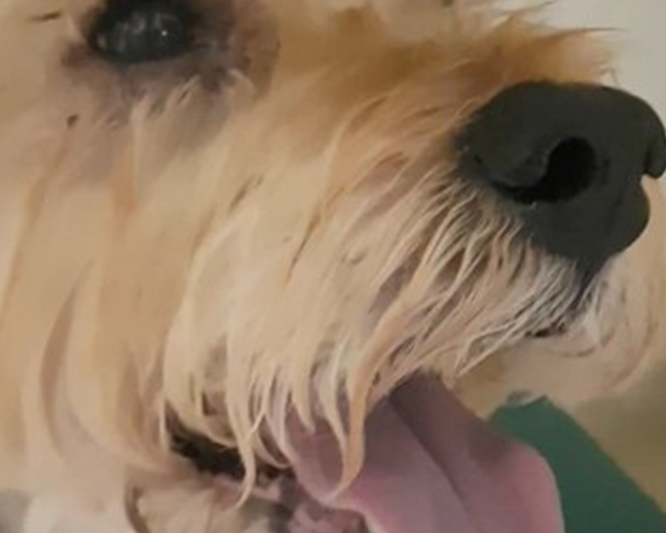Expert CPD Resource for Veterinary Students and Professionals

Overview:
This webinar aims to equip veterinarians with the knowledge and skills to manage dyspneic emergencies in both cats and dogs effectively. Participants will gain a thorough understanding of the pathophysiology and common causes of dyspnea in dogs and cats. The session will cover essential steps for the initial assessment and stabilization of dyspneic patients, including physical examination and basic supportive tests. Mastery of Point-of-Care Ultrasound (POCUS) techniques will be emphasized for rapid assessment of dyspneic animals, focusing on lung ultrasound, heart evaluation, and pleural effusion identification. Advanced diagnostic techniques and therapeutic interventions, such as thoracocentesis, oxygen therapy, and medical management, will be explored. Case-based discussions will help apply the knowledge gained, enhancing participants’ ability to diagnose and treat dyspneic emergencies effectively.
Learning Objectives:
Who Should Attend:
Why Attend:
Don’t miss this opportunity to learn. Register now for a session that promises to deepen your understanding and enhance your ability to deal with the dyspnoeic dog and cat.
£50.00
Places Available
Whether you are a student just starting out in your career or a seasoned professional looking to stay up-to-date on the latest developments, VET Learn is a valuable resource for your CPD needs.
Website designed and hosted by Youbiquity. All contents on this website ©2024 VetLearn.